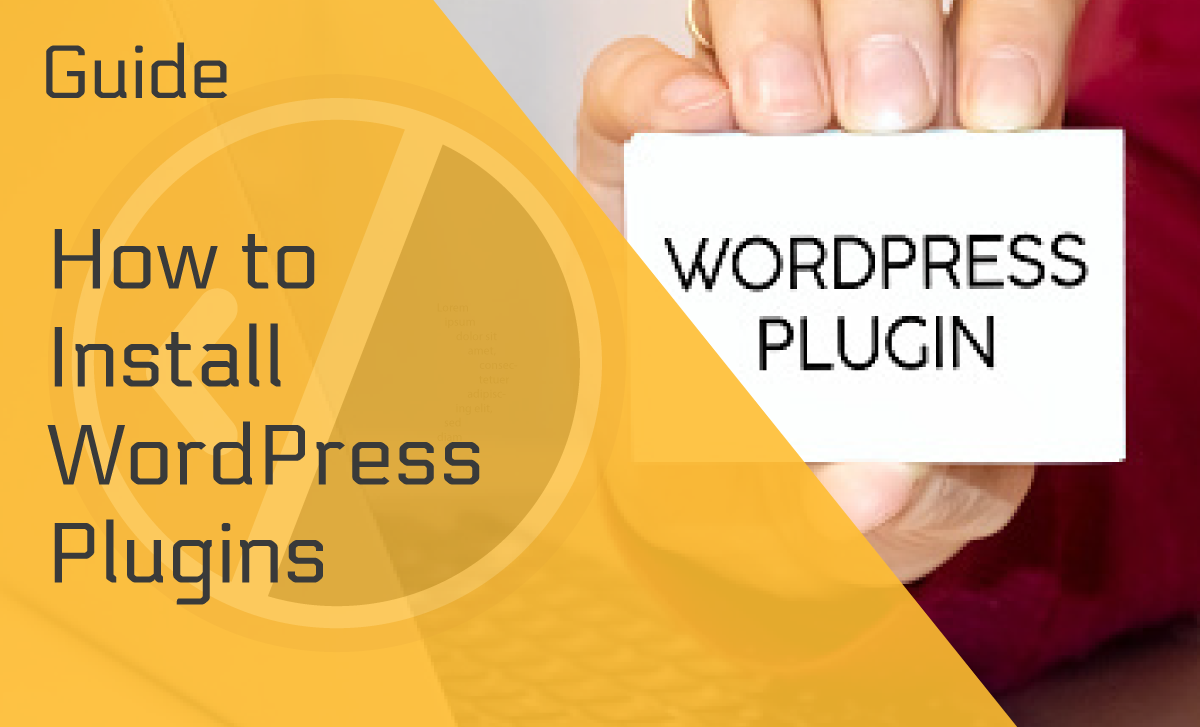How to Manage a Website – A Manager’s Guide for Success
Published: October 4, 2022
Many small business owners are perplexed about how to manage a website. Well, they most likely started a business to sell products, not to manage websites. However, without web management, you won’t be able to achieve your marketing goals.
In this comprehensive website management guide, we’ll go step-by-step through the process of managing a website.
Let’s get started!
What is Website Management?
Once you’ve built your website from scratch, it’s time to manage it.
Management of a website refers to the processes used to keep your website professional, updated, and working properly. It includes general web maintenance, development, design updates, security, content management, and marketing strategy.
It also entails updating site content, data backups, and fixing bugs. Managing your website will also prepare it for future growth as more visitors and services are added.
Why Is Web Management Important?
Effective management is essential for all aspects of business success. And adopting effective management practices and tools is the best way to ensure your business is ready to grow in the future.
Managing a site will position it for future growth as it’ll host more visitors and provide more services. Web pages aren’t supposed to be static and not develop. You need to update and change them constantly — they must evolve.
If you manage your website consistently, you’ll keep things in order and prevent problems that are costly to identify and repair. Not to mention that serious issues can cause your site to go down.
Web management aids in cost reduction by streamlining critical processes and enabling more efficient work practices.
Steps for Small Business Website Management
As a small business owner, you need to realize that managing a website isn’t a simple undertaking. However, if you follow our guide, you’ll be on the right path to properly operating your website.
Step 1 — Make a Thorough Plan
You’ll need to devise a strategy that specifies who in your company is responsible for a specific task and the time they should devote to the project. So, first, list people who will be involved, including writers, video editors, or IT specialists.
Next, create a list of roles for web management and assign your people to those roles, each with clearly defined responsibilities.
However, you need to be careful not to consume all of your team’s attention with this task. So, it’s best to give them a set number of hours to work on the project and see how that works.
Step 2 — Select a Content Management System
Content management systems are software applications that allow you to add, edit, and delete digital content.
So, CMS can assist you in website creation and management of all the essential functions and developing a content plan to increase your website efficiency. In addition, CMS software simplifies management services, which otherwise require some programming knowledge.
One of the most popular CMS is WordPress, but to find a good CMS platform that suits your needs, test out a few options first from this list of the best website builders for small businesses.
Some examples include Wix, which is super easy to use and affordable, Squarespace, or Weebly. You’ll discover that you prefer specific platforms over others because they better suit your work style.
Step 3 — Backup and Secure Your Website
It’d be devastating to lose all of your coding and data if your website crashed unexpectedly. By backing up your site, you’ll be able to restore the latest version. So, back it up when you make changes to your pages or at least every month.
In addition, ensure your website management system has solid security features, such as encryption and a firewall.
Try to use more complex passwords and train your team so they can detect phishing attempts, considering that a new phishing website is launched every 20 seconds.
And even if your hosting company backs up your website regularly, it’s still a good idea to back it up yourself.
Also, it’s best to use a hosting company that monitors uptime. The company will monitor your website and notify you if your website is down to avoid losing or confusing potential clients and turning away internet browsers.
Step 4 — Create and Improve Content
The content type will depend on your website’s nature. For example, Blog posts are a popular type of content, but you may also connect with your audience through webinars, videos, or downloadables.
Keeping content up to date is critical, or users will find your website useless.
You’ll need to develop a thoughtful content strategy, considering what your customers expect from you, and deliver it consistently. Managing online content is essential if you want your site to generate leads. Not to forget — it’s an excellent source of free traffic.
Regarding your content, the most important thing is to be mindful of Search Engine Optimization.
Step 5 — Optimize Your Website
Google processes over 3.5 billion searches daily. So, you need to optimize your website, modifying everything from the content to the technical aspects so it appears in the search engine results pages.
To optimize your website, you’ll need to manage the following:
- Loading speed: With Google’s Core Vitals update, the speed with which your website loads becomes more important, and it’s critical to the success of your Google rankings. So, you should always try to improve the loading speed.
- Keyword optimization: You need to find keywords your customers are looking for and write articles addressing those words and phrases. To find them, use tools like Google Keyword Planner, Ahrefs, Semrush, etc.
- Algorithm updates: Maintaining a website means you’re always familiar with Google’s algorithm updates. SEO is a never-ending process, so keep your information up to date if you want to rank.
- Link building: You should use external links and internal links. Try to build a link structure with relevant external links. When there’s an opportunity to do so, each website’s blog posts and pages should link to others.
In addition, you can improve your content over time: navigation bars, page layout, and links to social media pages should all be easy to use.
Step 6 — Monitor Traffic
Visitors are producing important data as traffic goes in and out of your website, so you need to capture those marketing analytics to increase efficiency and, eventually, revenue. You must understand how your customers interact with your website.
Websites like Google Analytics are excellent website management tools for tracking key metrics such as time on page, bounce rate, etc.
But make sure you track the right metrics. For example, maybe the time on the page isn’t critical for your business, so choose which metrics to monitor carefully.
If you want to get really technical, you can look into more advanced analytics like heat mapping. Google provides a heatmap called Page Analytics, which is a Chrome browser extension. It displays where visitors click on your web pages.
Wrapping Up
We hope that after reading this, you better understand how to manage a website. It is challenging and takes time and effort, but our goal was to make it as simple as possible with this guide. And you’re now better prepared to face the challenge.
Good luck with your web management!
FAQ
How much does it cost to manage a website?
The cost of maintaining your website is determined by factors such as web hosting, content updates, SEO checks, and domain renewal fees if you don’t use a website builder, which includes the maintenance costs in your monthly payment.
However, the average monthly costs for various types of commercial websites are listed below:
- Between $5 and $25 for a small blog
- Between $5 and $30 for a portfolio website
- Around $90 for a small business website (without content)
- Around $720 for a small business website (plus outsourced copywriting).
- Around $750 for a small ecommerce store (excluding content) plus SEO and backup
- Over $2,000 for a large ecommerce store
It’s worth noting that website builders are a less expensive and easier option for this purpose.
What are the 3 types of websites?
There are three types of website design: static, CMS or dynamic, and eCommerce. The website design is determined by the business type and the owner’s needs. Each of these three websites can be designed and built on various platforms.
How to manage the SEO of a website?
Follow these tips to manage the SEO of your website:
- Publish relevant, authoritative content tailored to your target audience with a specific keyword phrase;
- Update your content regularly;
- Use title, description, and keyword metadata;
- Deliver a link-worthy website;
- Use alt tags.








